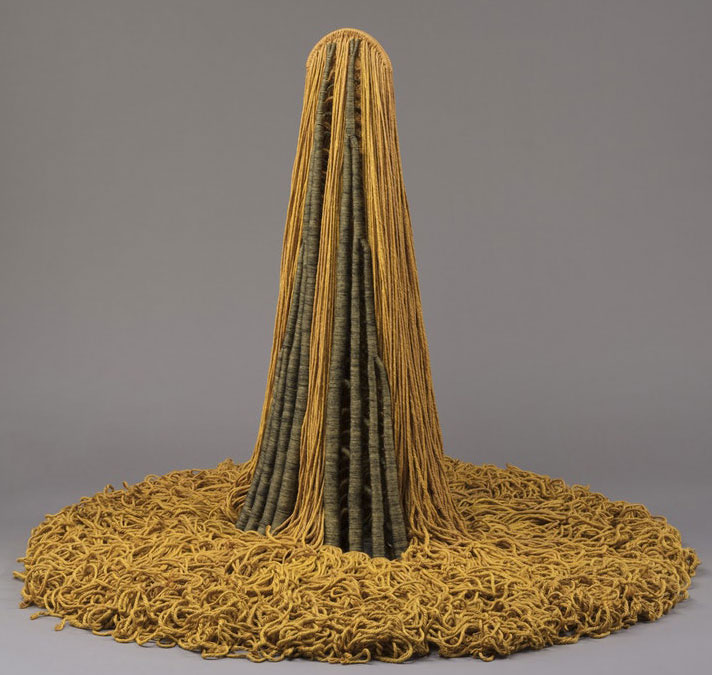
Unpicking the Bauhaus’s woven legacy
The Art Institute of Chicago’s new show looks at how the German school changed the course of American textile art
The Bauhaus may have only existed for 14 years, but its influence was felt far beyond the Weimar Republic. As the author and curator Jenelle Porter press puts it in the introduction to Vitamin T: Threads and Textiles in Contemporary Art, 20th century developments in American textile art “by and large, originated at the Bauhaus, an art school originally founded in Weimar, Germany in 1919.”
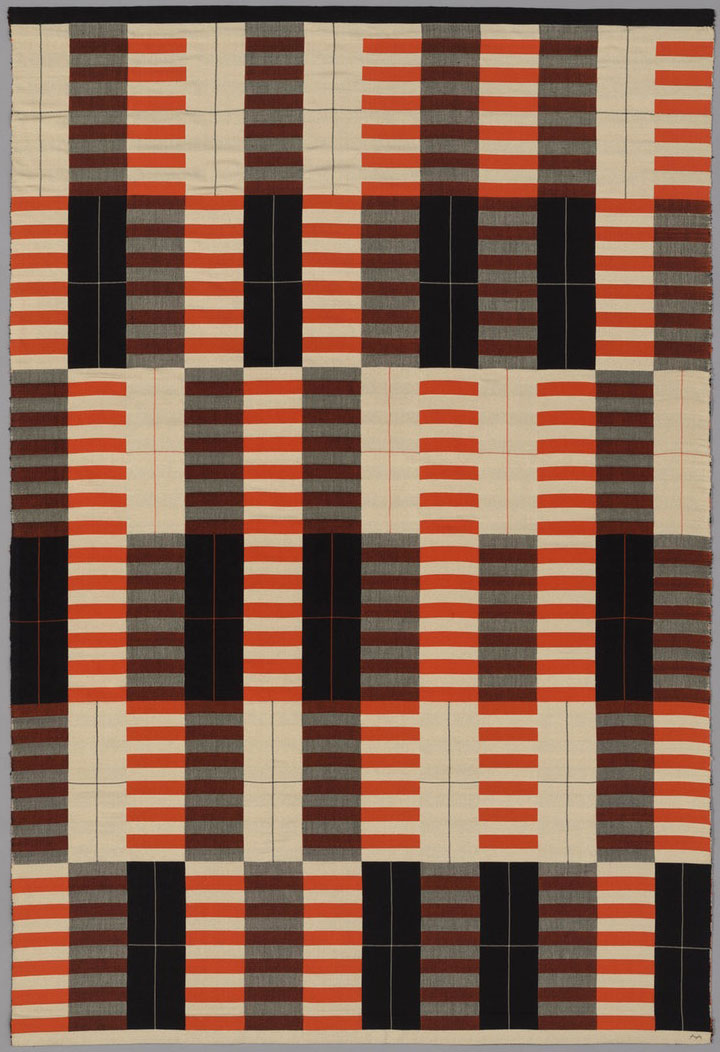
“The Bauhaus sought to dismantle the divisions between artist and craftsperson by unifying art, craft and technology in order to create an aesthetic suitable for modern industrial society,” writes Porter. “In the weaving workshop – the only workshop that allowed female students – the emphasis was on texture, materiality, pattern and woven yardage produced for industry and commercial applications.”
Europeans such as Anni Albers and Trude Guermonprez from Germany, and Loja Saarinen and Marianne Strengell from Finland, emigrated to America in the years leading up to, during and after World War II. Albers, a student and then professor at the Bauhaus, taught weaving at Black Mountain College, near Asheville, North Carolina, and Strengell directed the weaving department at Cranbrook Academy of Art in Bloomfield Hills, Michigan – two key centres of experimental education.
"Both artists were linked to innovations that accommodated handcraft to an increasingly industrialised society; for example, in their designs for power-loomed fabrics that retained the look and feel of handwoven textiles." Porter writes.
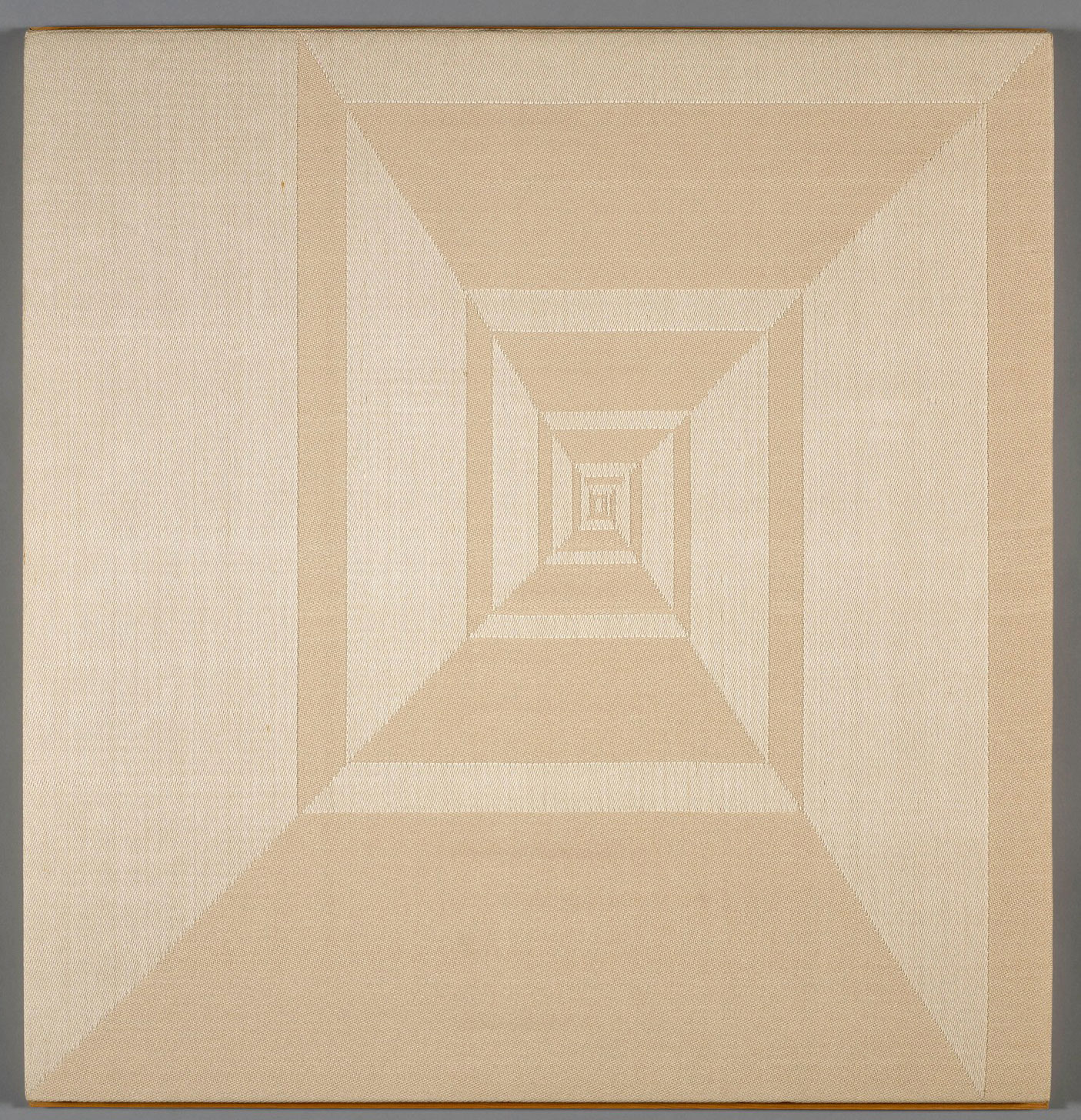
Now, The Art Institute of Chicago is celebrating this thready legacy with a new show, Weaving Beyond the Bauhaus. The exhibition, which opened at the weekend, features 50 works by direct transplants from the Bauhaus, such as Albers, as well as American fibre artists such as Lenore Tawney, Claire Zeisler, and Sheila Hicks, all of whom felt the Bauhaus’s influence.
Indeed, Chicago’s link to that old German school is closer than you might imagine. “The current Institute of Design at the Illinois Institute of Technology, established under the name New Bauhaus in 1937 by László Moholy-Nagy, made the city a hub of innovation in art and design,” explains the Chicago Institute of Art in its notes on the show. “Tawney, Zeisler, and Angelo Testa – whose furnishing fabrics are also on view – all studied at the school under master weaver Marli Ehrman.”
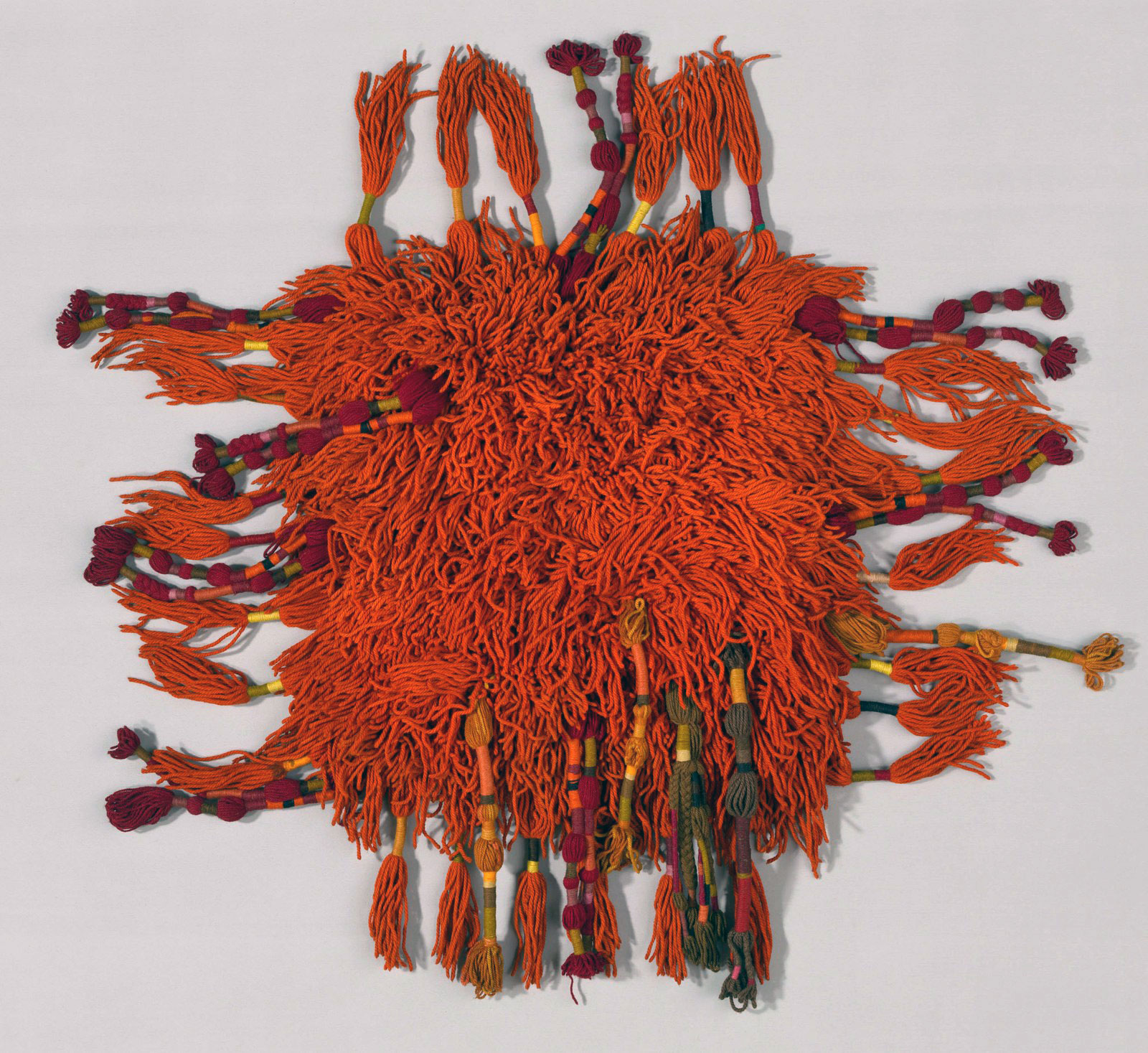
And while the bygone connections might satisfy art historians, the works on show will wow gallery goers. “Tawney, Zeisler and Hicks are, to my mind, among the most influential American fibre sculptors,” writes Porter. Seen collectively, their careers weave quite a story too.
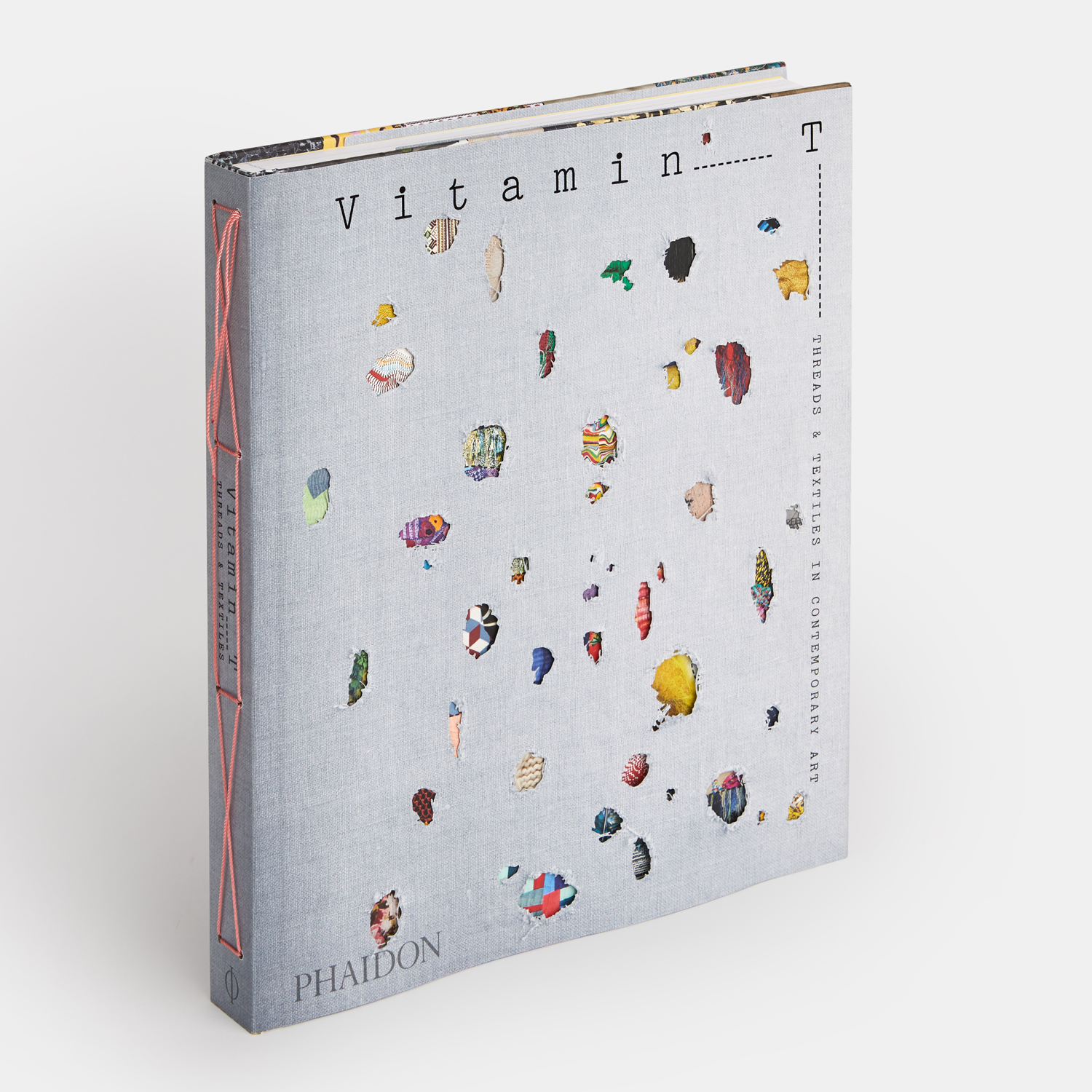
For more on textile art, buy a copy of Vitamin T: Threads and Textiles in Contemporary Art here.